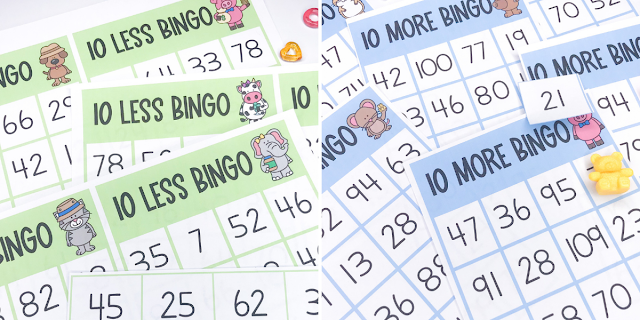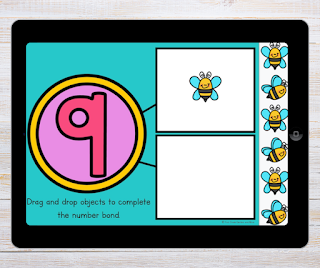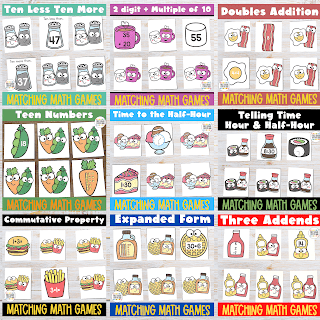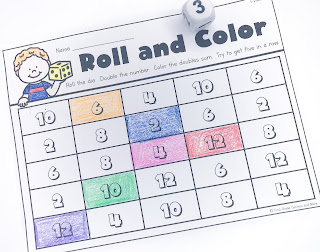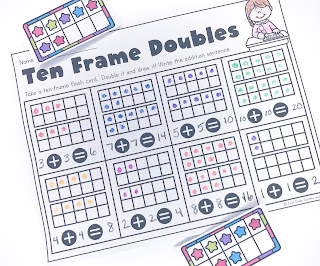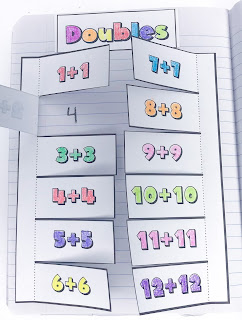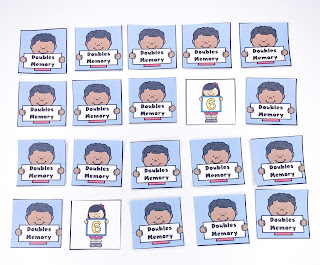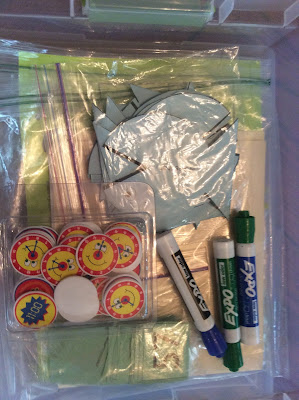Six Tips for First Grade Math Centers
We want students to be able to work independently at their first-grade math centers. This allows the teacher time to be able to work with small groups or individual students and meet a variety of needs within the classroom. Here are six of my best tips for successful first-grade math centers.
#1- Math Centers should be fun
Math centers need to be fun and engaging for your students. Look for ways you can provide opportunities for students to move and interact with others during the activities. Write the Room is a favorite center activity that allows students to move around the classroom.
Partner or small group games are also great! You will want to think through your level of comfort with students moving around the room and working with others. Take the time to train your students to work at an appropriate volume level for your classroom.
#2- Keep your centers predictable
One of the easiest ways to encourage independent work at centers is to keep the format of the activities similar from week to week. This helps students know how to use the center and reduces the number of questions your students will have. It will also cut down on the amount of time you spend explaining centers each week. You can easily change the skill you are working on while keep the activity the same. Activities like dice games, memory, and task cards work great for centers and can be used a lot of different ways.
Kids love playing memory! This set is available as a free download in my TPT store.
# 3- Use math centers for review
Centers are the perfect place to practice and refine past learned skills. It's okay to place items in centers that seem "easy" or were taught several months ago. This increases the opportunity for students to work independently and gain fluency in their math skills.
Avoid placing new content into math centers too quickly. Your students may have too many questions, or they may practice the skill incorrectly if the content isn't review work. You want to know your students have a strong understanding of the math concept before they are working without your guidance or support.
# 4- Students need accountability
We want centers to be fun AND we want students to stay focused on the task. Without something to turn in, some students will not be on task. One option is to include some type of recording sheet or exit ticket for students to complete with their center activity. It isn't usually necessary to grade these tasks, but it allows you to track that your students were engaged and on task. A sticker or stamp for completion of the task works great for accountability.
Recording sheets work great for student accountability!
#5- Utilize Technology
Classrooms today are full of technology and digital resources. Utilize the resources you used during remote learning and repurpose them for digital math centers. Platforms like Google, Seesaw, and Boom Cards make great first grade math centers.
Students love digital activities that incorporate moveable pieces!
#6- Stay Organized
One of the most challenging aspects of math centers is keeping your supplies organized and picked up. Develop an organizational system of containers, labels, etc. and train your students well on how you want them to clean up.
Allow plenty of time for students to clean up centers correctly and put supplies away. Take the time to teach and practice clean-up procedures. Check out this
blog post for ideas on staying organized.
Need some easy to use first grade math centers? Check out this
bundle that works great for memory, write the room, and task cards.









